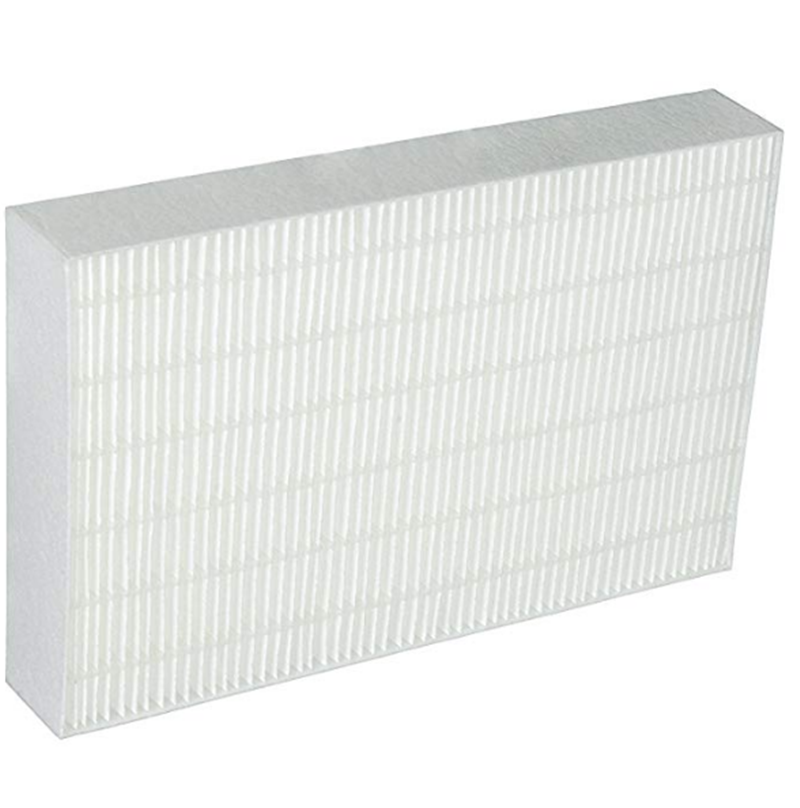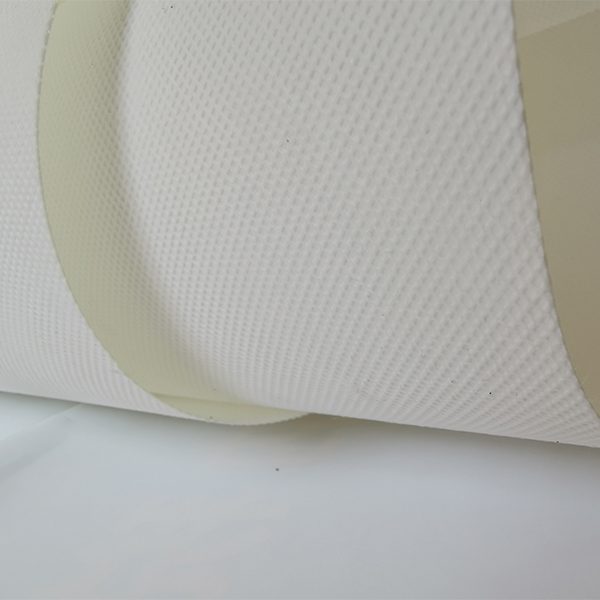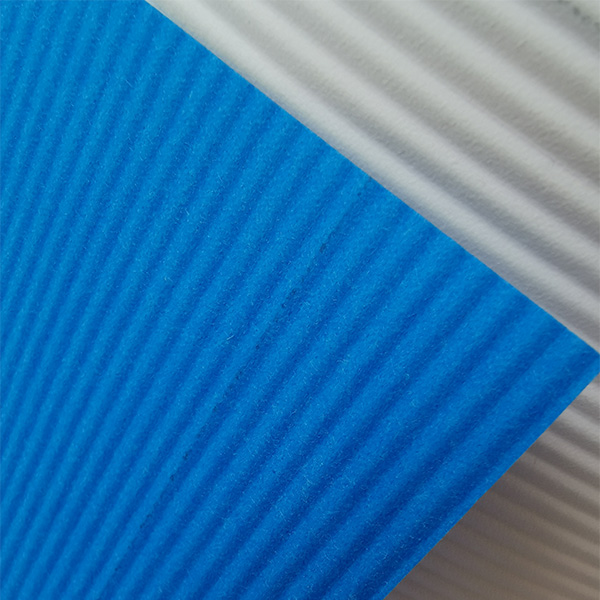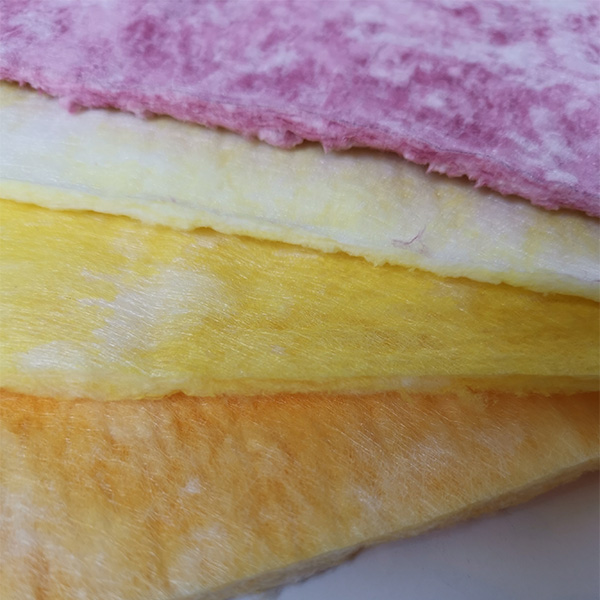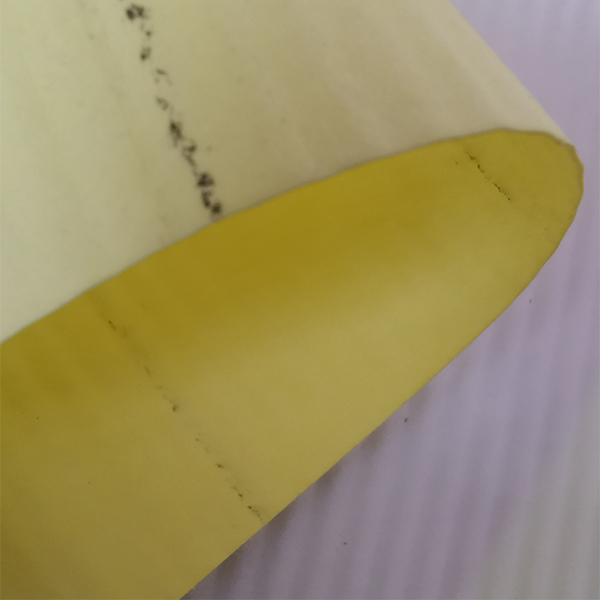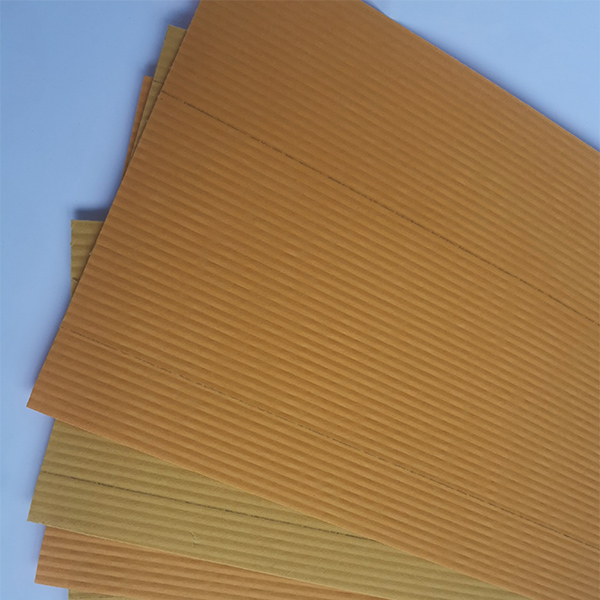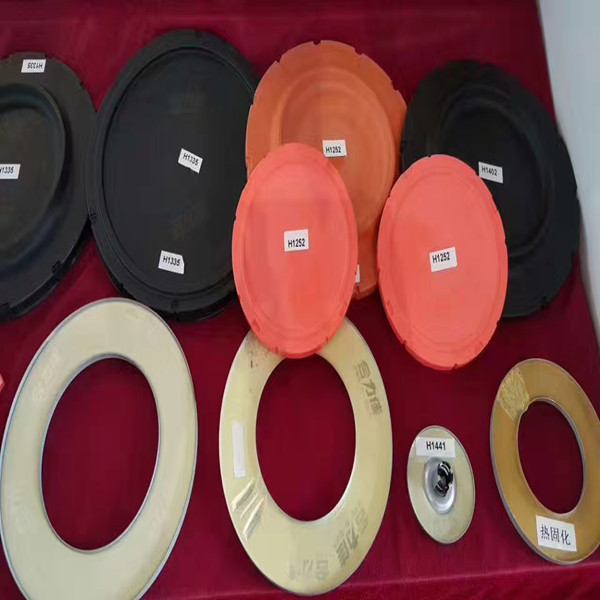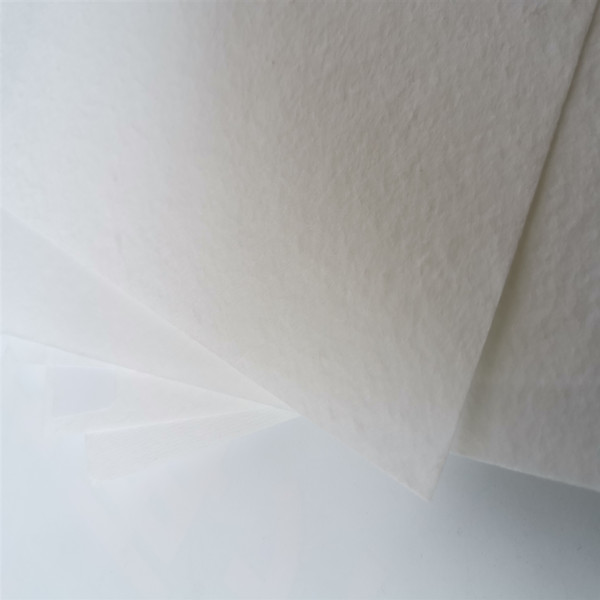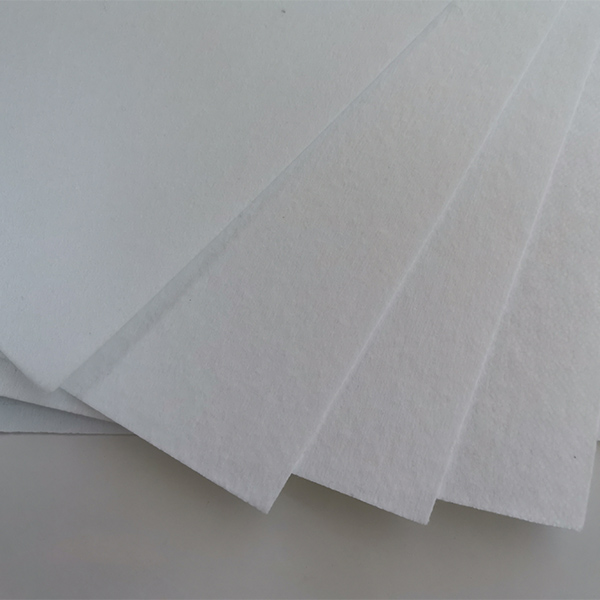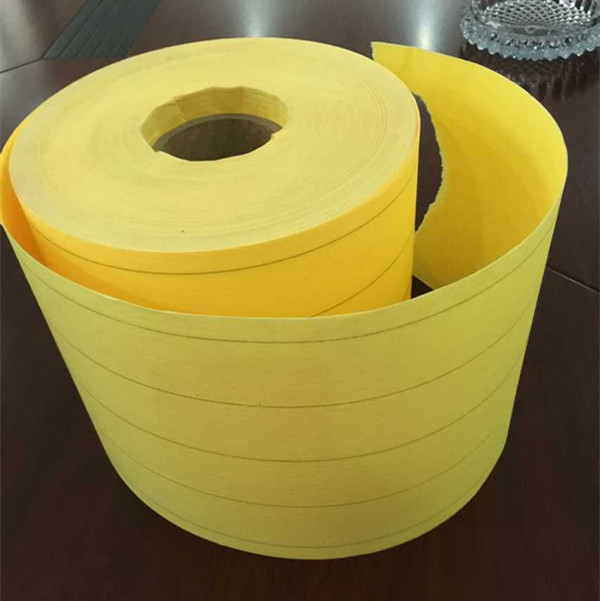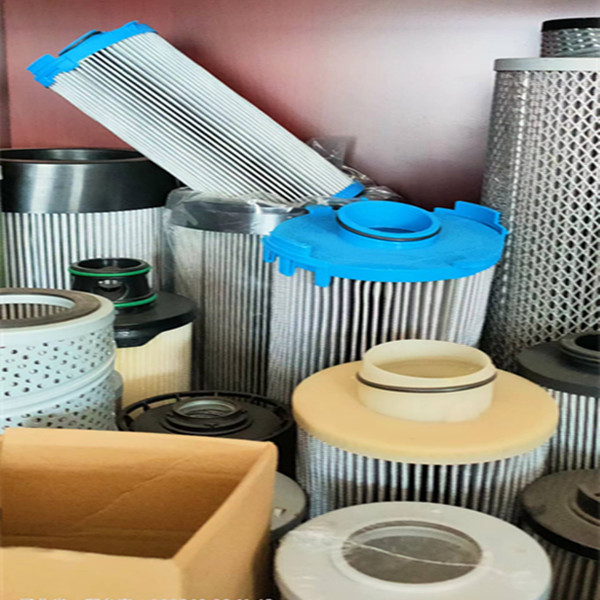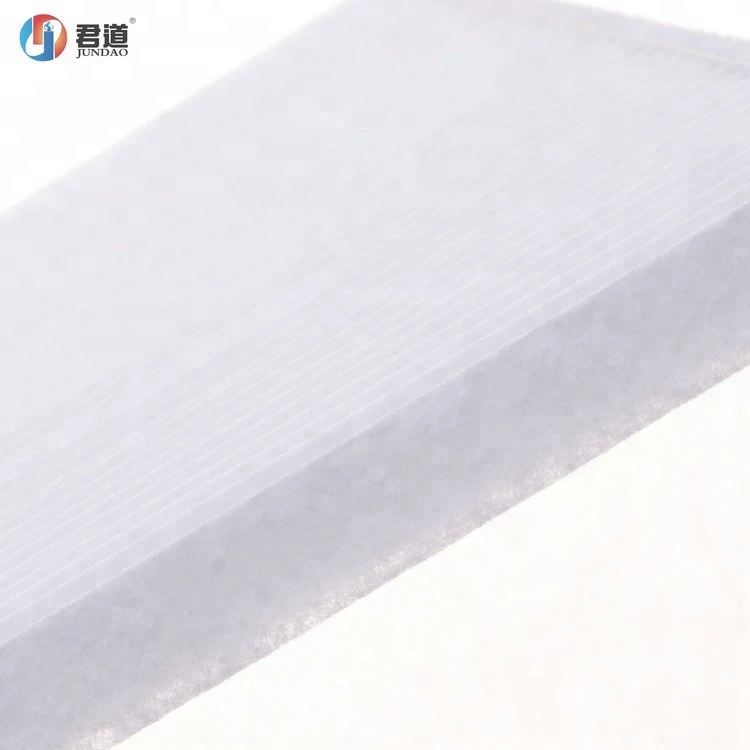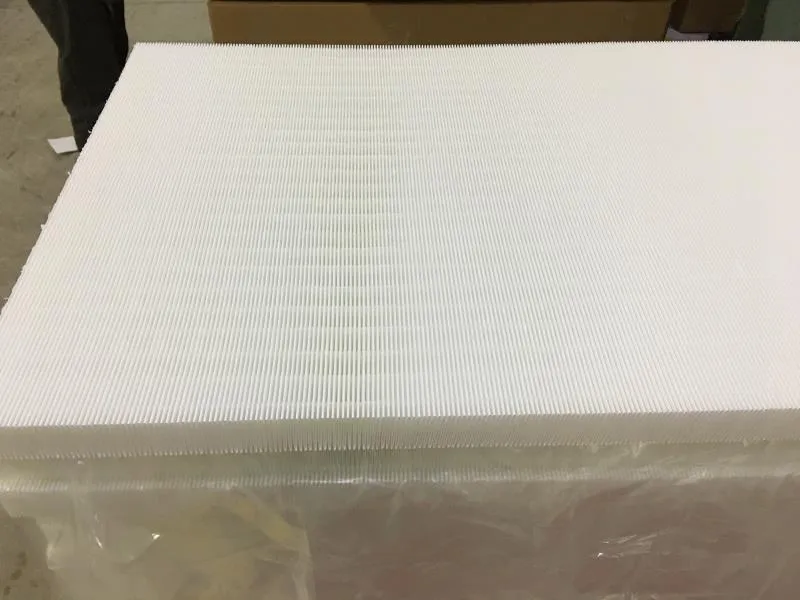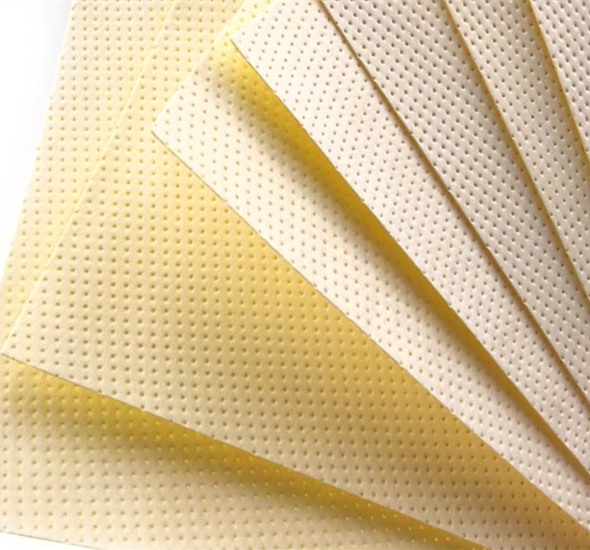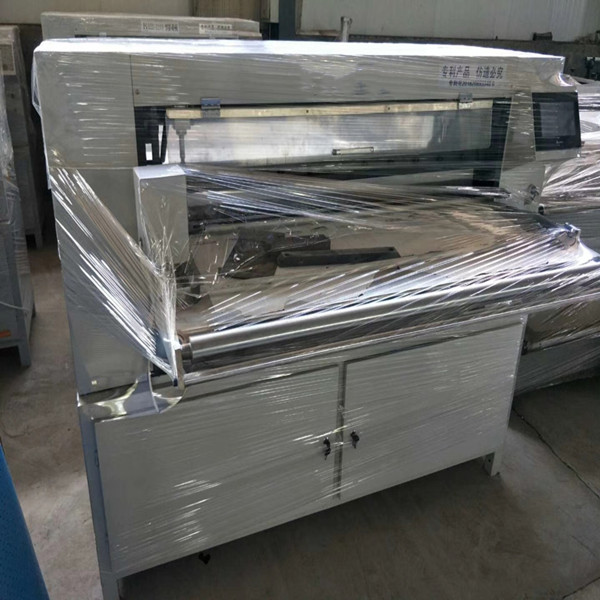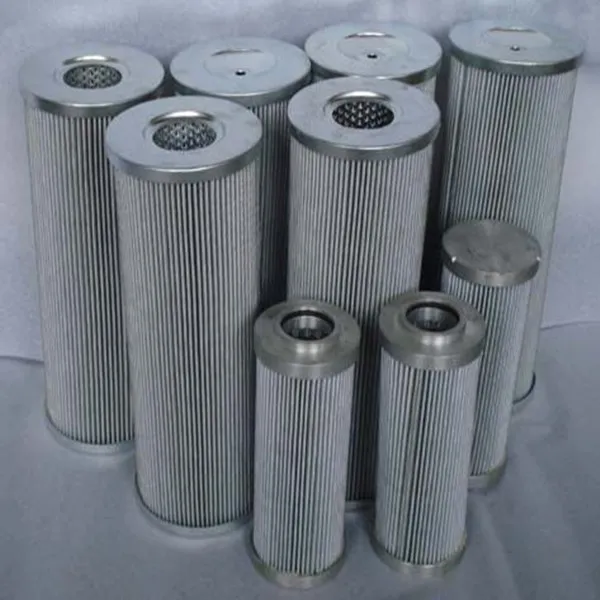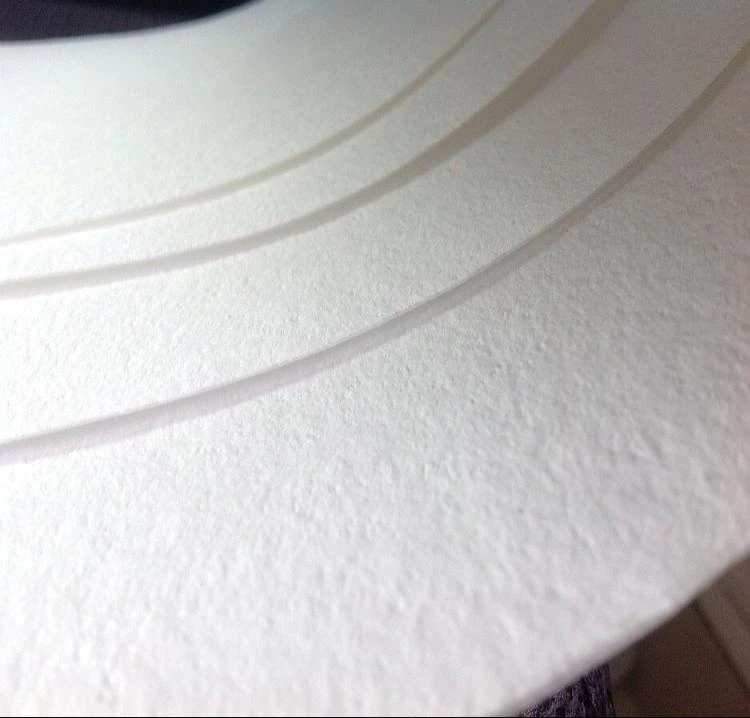In the era of deadly airborne viruses, air purification equipment has now shown various shapes and sizes. At last month’s Consumer Electronics Show CES, the company introduced a new portable air filter device for your bedside, cup holder, table top, meeting room, and even hanging around your neck. Although each of these devices can purify the air, the problem is that none of them can ventilate. Science increasingly shows that if you are serious about stopping the spread of the coronavirus, masks, social distancing and opening windows may do more than expensive electronic purification equipment.
Most air purifier designs use the same basic method. There is a filter and fan. The fan draws in and circulates air through the filter. The filters in these types of equipment are usually made of paper, fiber (usually glass fiber) or some type of net, which allows it to remove contaminants such as dust and pollen well, but cannot remove gas or less. particle. It is important to remember that the work efficiency claimed by the air purifier manufacturer is accurate after laboratory testing, but it is almost impossible to recreate the specific laboratory conditions. The location, installation, flow rate and running time of the purifier will greatly affect its working effect. Ventilation is usually a big problem. After the air is “purified”, the fan circulates it out, but the air is not ventilated to other areas of the space. Therefore, air purifiers often repeatedly purify the same air in their vicinity. The smaller the device, the greater the basic problem.
Dili pa sigurado ang medikal nga komunidad kung pila ang mga aparato sa paglimpyo sa hangin nga makatabang sa pagpahunong sa pagkaylap sa coronavirus. Wala’y pagduha-duha nga makatabang kini sa mga nag-antos sa alerdyi ug gigamit sa daghang mga tuig, apan ang pagsala sa mga detalye sa gagmay nga mga partikulo nga adunay COVID-19 labi ka lisud. Walay doktor nga nag-ingon nga ang madaladala nga air purification equipment makasulbad niini nga problema. Girekomenda sa mga eksperto ang pagsul-ob og maskara ug pagpalayo sa katilingban isip unang linya sa depensa. Mas sayon ang pagsiguro nga ang mga partikulo sa COVID-19 dili makasulod sa hangin kaysa sa pagsala niini pagkahuman sa pagkatibulaag. Bisan pa, kadaghanan sa mga kagamitan sa paglimpyo sa hangin wala makadaot sa kini nga kahimtang.
More useful than filtration is to increase ventilation. Studies have shown that keeping the air “fresh” is one of the best ways to stop diffusion. Known as air change, the rate at which air is completely replaced in a space is a key indicator of the level of symbiosis risk. The more changes in the air, the better. Mayo Clinic professor and researcher Dr. Mark Ereth explained in our recent “Flexible Workplace” report how much air is needed to pass through a room to help eliminate ultrafine particles such as COVID-19. In an office building, there are several times an hour every three to six minutes,” he said. There is evidence that, with the aid of a central ventilation system, air purifiers increase the air exchange rate or volume. But open the windows is also like this.
Gusto lang ko muhatag ug idea. Sa operating room, ang hangin gibag-o matag tulo hangtod unom ka minuto, samtang sa bilding sa opisina, gibag-o kini daghang beses matag oras.
“The most important thing to consider when buying an air filter is whether the space you want to use in it already has good ventilation-then the air filter won’t increase too much,” Dr. Shelly Miller, an environmental expert, Colorado An engineer at the University of Boulder told Webmd that his research focuses on the spread of airborne diseases.
Aron mahimong tukma, lisud ang pagtuon kung giunsa ang pag-abli sa usa ka bintana aron mabag-o ang bentilasyon. Ang pag-agos sa hangin sa usa ka sulud sa sulud lisud nga modelo o matagna. Ang labing maayo nga modelo sa pagtukod sa kalibutan lisud nga sulbaron ang problema sa pag-abli sa bintana tungod kay ang sistema sa airflow komplikado kaayo. Ang pagtunaw sa hangin sa sulud nga mahimo’g adunay COVID-19 nga wala’y virus sa gawas nga hangin makapakunhod sa konsentrasyon sa virus sa hangin, sa ingon makunhuran ang higayon sa impeksyon. Ang mga tigdukiduki nanlimbasug gihapon sa pagpangita kon unsa ka dako ang bentilasyon ug unsa nga matang ang labing maayo. Adunay yano nga dili igo nga konsensus sa medikal nga komunidad.
Columbia University virologist Angela Rasmussen told Vox: “There is no perfect “safe” level of ventilation because we actually don’t know what “safe” is because we don’t know how much exposure will cause spread.”
Ang dili pagbaton sa tanan nga mga tubag dili maayo, apan kini mas maayo kaysa magpakaaron-ingnon nga adunay mga tubag. Ang pagkamatinud-anon bahin sa kung unsa ang mahimo o dili mahimo makatabang sa mga tawo sa paghimo og mas maayo nga personal nga mga pagpili kung unsaon pagpabilin nga luwas. Sama sa daghang mga ulo nga may kalabutan sa mga air purifier, ang mga ulo wala. Sa labing maayo, sila mahimong masaypan alang sa usa ka pagbati sa seguridad. Sa pinakagrabe nga kaso, ang mga ionizer, plasma generators ug electrostatic precipitator makahimo og positibo nga mga peligro. Kini nga mga himan nag-charge sa mga partikulo aron kini motapot sa ibabaw imbes nga molutaw sa hangin, sa ingon makahimo og ozone isip usa ka byproduct.
ASHRAE, a professional association that specializes in setting standards for ventilation and air-conditioning, said that when using equipment that may generate large amounts of ozone (respiratory tract irritant) as a by-product of its operation, “must be extra careful.” HEPA and ASHRAE recommend avoiding the use of any air purification devices that produce ozone as a by-product of cleaning indoor air in living spaces.
Ang labing kaayo nga mga gawi alang sa limpyo nga hangin nagtuyok sa bentilasyon. Sa usa ka modernong opisina, ang pag-abli sa mga bintana mahimong dili mahimo sa daghang mga hinungdan. Kasagaran, ang mga bintana dili gyud maablihan. Sa kini nga kaso, mahimo nimong masiguro ang paggamit sa taas nga kalidad nga mga aparato sa pagsala sa hangin. Tungod kay ang non-ozone-based nga pagsala sa hangin dili makamugna og makadaot nga mga epekto, ang bugtong disbentaha sa portable air filtration equipment mao ang gasto ug kasaba. Ang limpyo nga air transfer rate (CADR) sa usa ka himan nagsulti kanimo sa kadaghanan sa pagkaepektibo niini. Giisip niini nga rating ang kahusayan sa filter ug ang gahum sa fan aron mahibal-an kung pila ang hangin nga nag-agos sa filter. Kon mas taas ang CADR, mas dako ang luna sa pagputli. Ang pagpalit sa husto nga kagamitan mao lamang ang pagtino sa husto nga gidak-on sa kwarto. Hinumdomi, kon mas dako ang device, mas kusog ang pagpalibot sa fan sa hangin, ug mas kusog ang tingog. Sa usa ka palibot sa opisina, kinahanglan nga tagdon ang daghang kasaba. Ang presyo sa usa ka taas nga kalidad nga HEPA air purifier magsugod sa hapit $200, ug ang presyo niini motaas samtang ang CADR nga lebel mosaka. Ang ubang mga tawo nagtukod pa gani sa ilang kaugalingong mga air purifier pinaagi sa paghigot sa mga filter sa MERV ngadto sa mga box fan nga ubos sa $30.
Kung nag-atubang sa mga kagamitan nga adunay mga kinahanglanon nga medikal, kanunay nga hinungdanon nga ibulag ang kamatuoran gikan sa fiction ug aron makabenepisyo gikan sa pagpamaligya. Ang mga tiggama sa produkto nga naglaum nga makaganansya gikan sa dako nga panginahanglan alang sa COVID-19 nga mga kagamitan sa pagpahawa nagbaha sa merkado sa mga portable air purification equipment. Ang mga eksperto nagtuo nga ang taas nga kalidad nga kagamitan siguradong dili makadaot. Posible gyud nga makahimo og mga air purifier pinaagi sa paggasto og gatusan o bisan liboan ka mga dolyar sa mga kagamitan sa paglimpyo sa hangin, apan tingali dili nato mahibal-an kung pila. Ang mas maayo nga tubag mao ang pagsul-ob og maskara, ug kung mahimo, ablihi ang bintana.
Gipatin-aw ug gihubit ni Propmodo ang mga uso alang sa mga propesyonal sa komersyal nga real estate pinaagi sa paghiusa sa mga balita, panukiduki, panghitabo ug serbisyo sa pagpamaligya.
• We believe that the future will be defined by leaders who understand the general environment of the real estate industry.
• We believe that the commercial future of real estate lies at the intersection of technology and marketing.
• We believe that the creative future of real estate lies in the intersection of user experience and design.
Oras sa pag-post: Mar-16-2021

